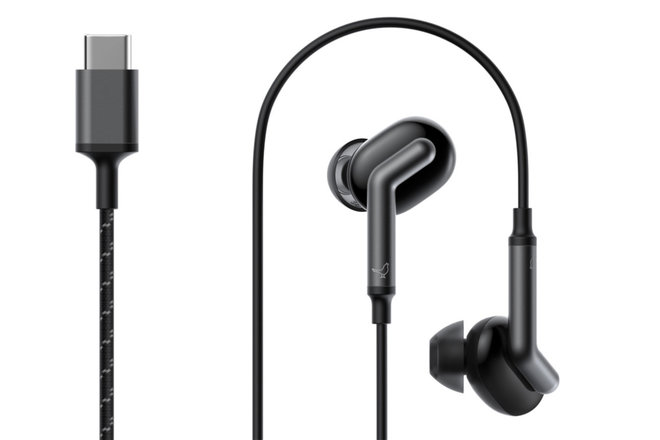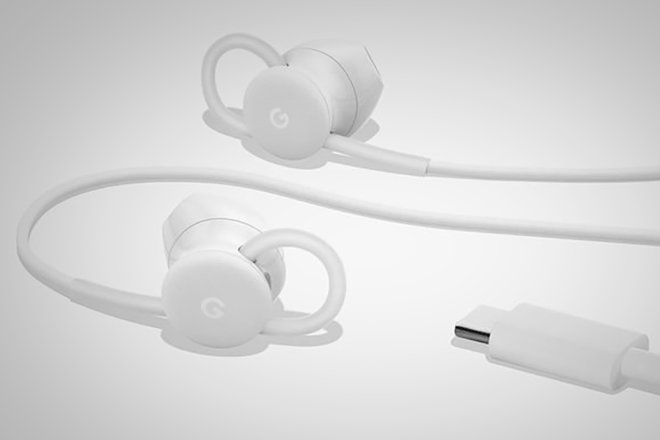
The headphone jack might just be dead – when Apple first got rid of it, the outcry was widespread, but we’ve now come to accept its absence as the default. Many Android phone makers are opting for Bluetooth and USB-C audio instead.
Removing the jack enables phones to be made thinner, use less connectors and to be made waterproof more easily. However, adoption of USB-C headphones has been slow because many opt for Bluetooth headphones instead.
There are advantages to using wired though; a digital connection can help improve audio quality, as headphones can be made with dedicated DACs integrated into them, such as the Audeze Sine and iSine that use the Lightning port on the iPhone.
So we’ve rounded up the best USB-C headphones we’ve found – there aren’t huge numbers of options, as you’ll see.

Moshi Mythro C
These well-rounded USB-C earphones sound great and bass reproduction is decent. That’s thanks to a built-in DAC and four in-line buttons with mic and a DJ Boost mode. As with many other earphones you also get many different eartips as you’d expect.
Note that while these headphones say they are compatible Google Assistant compatible, they don’t have the assistant built-in as with some other devices such as the Pixel headphones below.

Libratone Q-Adapt In-ear USB-C
Libratone already has a pair of Q-Adapt in-ear headphones for the iPhone and has now released a pair with a USB-C connector too. They were made specifically for the Google Pixel 2 and fall under the “Made for Google” program.
They’re sweatproof, so can be used when exercising, have in-line controls for controlling music playback and even have a noise-cancellation mode when taking phone calls with power coming directly from the USB-C port.
Google Pixel USB-C Earbuds
Google released these earbuds alongside the Pixel 3 and, while they aren’t as good as wireless options they are dirt cheap. They also have native compatibility with Google Assistant so you can hear your notifications (just press and hold the volume up button) and get real-time translation from Google Translate.

